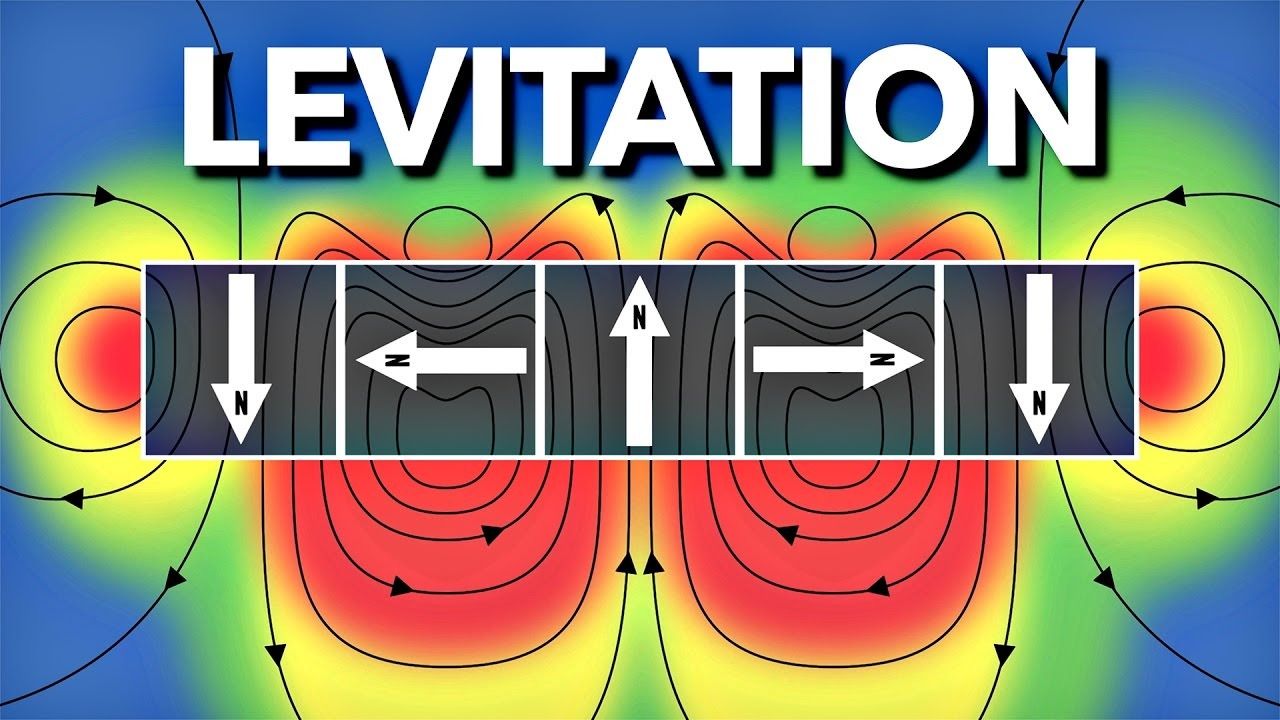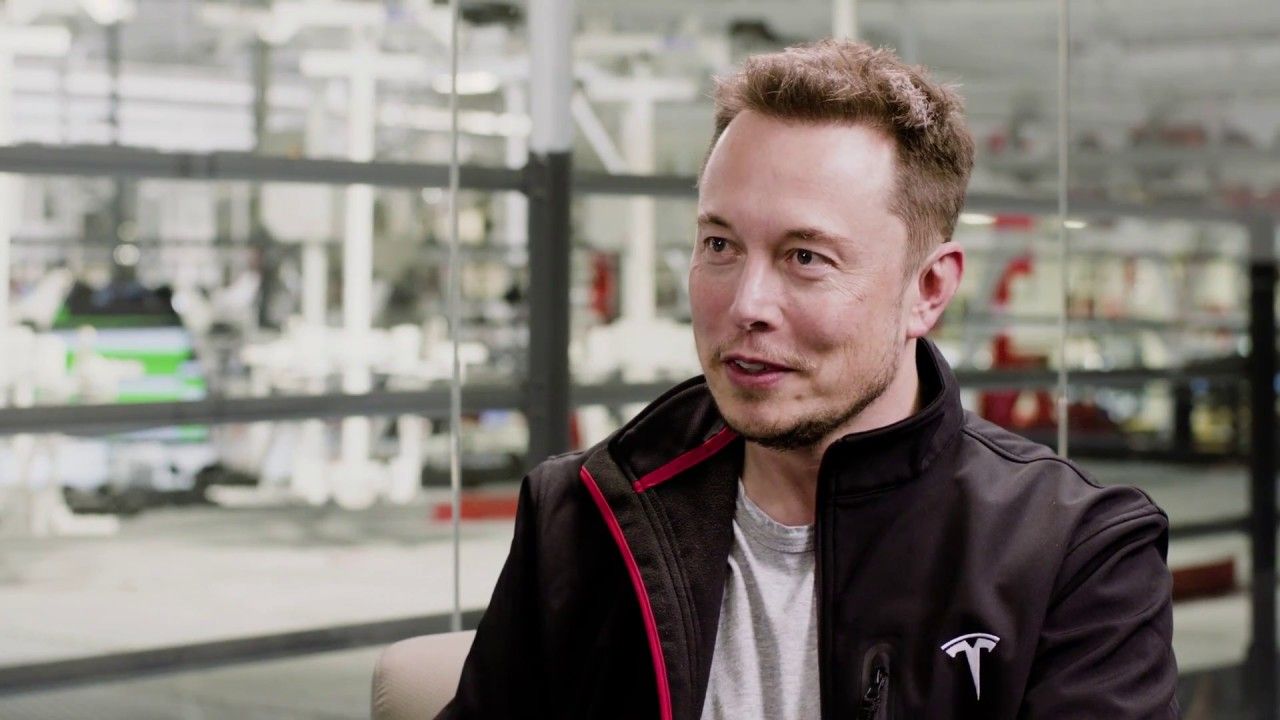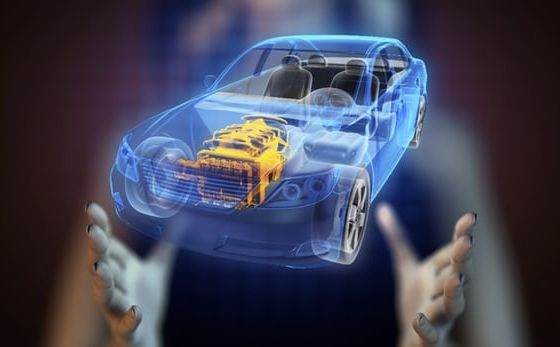Page 10566
Jan 31, 2017
Millimeters-Thick Metal Foam Armor Obliterates Incoming Bullets
Posted by Shane Hinshaw in category: weapons
Jan 31, 2017
Electromagnetic Levitation Quadcopter
Posted by Klaus Baldauf in category: transportation

Spinning magnets near copper sheets create levitation!
Try Audible free for 30 days: http://bit.ly/AudibleVe
Special thanks to Hyperloop One for showing me around.
Thanks to Patreon supporters:
Nathan Hansen, Donal Botkin, Tony Fadell, Saeed Alghamdi, Zach Mueller, Ron Neal, Perry cl, Bryan Baker.
Support Veritasium on Patreon: http://bit.ly/VePatreon
Jan 31, 2017
Is Tesla working on computers that can be implanted into BRAINS?
Posted by Carse Peel in categories: cyborgs, Elon Musk, robotics/AI

https://youtube.com/watch?v=cIYAhIt2UEM
In the hope of creating a ‘human-AI’ cyborgs, Elon Musk has revealed that Tesla may be working on computers that can be implanted into people’s brains.
The astonishing revelation came in response to a tweet, asking Musk if he was working on ‘neural lace’ – a way of installing computers into the human brain.
Continue reading “Is Tesla working on computers that can be implanted into BRAINS?” »
Jan 31, 2017
LunaH-Map CubeSat to Map the Moon’s Water Deposits
Posted by Klaus Baldauf in category: space
Arizona State University (ASU) is developing a small satellite that will search hydrogen in lunar craters with the ultimate goal of creating the most detailed map of the moon’s water deposits. The spacecraft, named Lunar Polar Hydrogen Mapper (LunaH-Map), is expected to shed new light on the depth and distribution of water-ice on the moon.
Jan 31, 2017
New Synthetic Human Lung Is (Quite Literally) a Breath of Fresh Air
Posted by Klaus Baldauf in categories: 3D printing, biotech/medical, computing
In Brief
- Czech scientists have developed a 3D printed model of a functioning lung that can simulate real-life conditions like asthma and other chronic breathing problems.
- Their model could lead to new treatment options for those suffering from chronic obstructive pulmonary diseases, which claim more than 3 million lives every year.
3D printing is opening so many new doors in the medical field. The technology allows researchers and doctors to manipulate the finest design nuances of models as well as the properties of the materials used to build them. These 3D printed models of organs, bones, and other organic subjects are valuable tools for both students learning the basics and medical experts testing new treatments and conducting experimental research.
Now, Czech scientists from the Brno University of Technology have developed a 3D printed model of a functioning lung that can simulate real-life conditions like asthma and other chronic breathing problems. They believe that their 3D printed mechanical model and its computer-based counterpart can be used to devise new, more precise treatment methods. It would be particularly useful in creating a reference standard for inhaled drugs. “This model will show whether an inhaled drug will settle in the concrete areas where we need it to,” Miroslav Jicha, the head of the research team, told Reuters.
Continue reading “New Synthetic Human Lung Is (Quite Literally) a Breath of Fresh Air” »
Jan 31, 2017
New Space-Based Manufacturing Technologies Demonstrated by Made In Space
Posted by Klaus Baldauf in categories: space, transportation
Last year, a Made In Space-led team achieved something that had never been accomplished. For the first time in history, a commercial in-space manufacturing facility began operation aboard the International Space Station (ISS). While private parties are able to commission objects to be built by Made In Space’s Additive Manufacturing Facility (AMF) on orbit, the hardy device also supports astronauts by manufacturing parts, tools, and supplies that can be used on the ISS.
Made In Space has continued its mission to enable humans to live and work in space by demonstrating several new technologies in microgravity. Testing machines on Earth that are optimized to work in environments which have little or no gravity can be difficult at the bottom of Earth’s gravity well. The Flight Opportunities Program (FOP) at Johnson Space Center in Houston, Texas utilizes high-tech aircraft to fly in aggressive parabolic arcsa nose dive followed by a sharp ascent. This maneuver creates a gravity-free environment within the plane’s cabin for less than a minute before having to pull up and repeat. After partaking in over 200 of these parabolic flights, MIS has demonstrated several manufacturing techniques in microgravity that will be critical to the success of our journeys to other planets.
Jan 31, 2017
New approach yields bigger and better holographic displays
Posted by Klaus Baldauf in categories: augmented reality, holograms
Current holographic technologies are nowhere near capable of producing realistic, life-size projections that maintain quality from an array of viewing angles like those portrayed in movies like Star Wars. But things are moving in the right direction with researchers having developed a new type of 3D dynamic holographic display that they claim performs 2,600 times better than existing technologies.
One key limitation to current holographic display technology is that, despite two-dimensional display technologies with tens of millions of pixels, it takes a lot more information than is contained in all those megapixels to generate a sizable 3D image. Using existing display and wavefront modulator technology, which is an optical manipulation device that controls the direction of the light, a tiny hologram about 1 cm in size with a narrow viewing angle of 3 degrees is about as good as it gets.
The more impressive holograms in recent years, like a memorable one of Tupac Shakur, were actually two-dimensional projections, while others require special equipment like augmented reality goggles such as Microsoft’s HoloLens. In essence, these are really just optical illusions.
Continue reading “New approach yields bigger and better holographic displays” »
Jan 31, 2017
Printed human body parts could soon be available for transplant
Posted by Bryan Gatton in categories: 3D printing, bioprinting, biotech/medical
The annual 3D Bioprinting Conference is underway in the Netherlands today. While printing human body parts remains largely experimental, there are growing signs of commercial activity.
Jan 31, 2017
When the Mother of Invention Is a Machine, Who Gets Credit?
Posted by Klaus Baldauf in categories: computing, economics, food, policy
What do the Oral-B CrossAction toothbrush, about a thousand musical compositions and even a few recent food recipes all have in common?
They were invented by computers, but you won’t find a nonhuman credited with any of these creations on U.S. patents. One patent attorney would like to see that changed.
Ryan Abbott is petitioning to address what he sees as more than a quirk in current laws but a fundamental flaw in policy that could have wide-ranging implications in areas of patent jurisprudence, economics and beyond if his proposals are adopted.
Continue reading “When the Mother of Invention Is a Machine, Who Gets Credit?” »
















